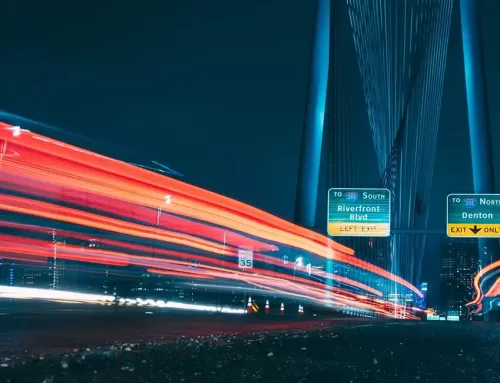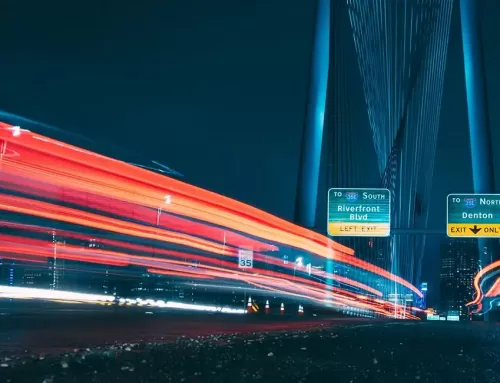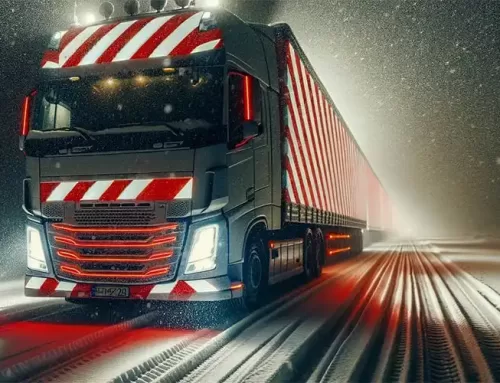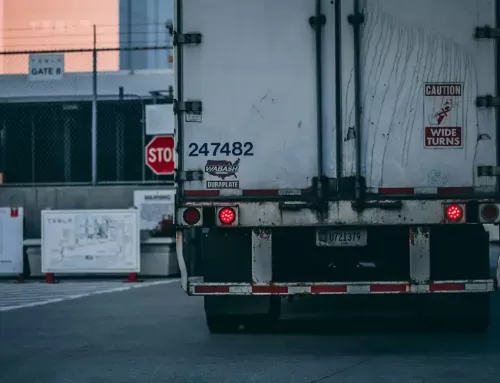How Does Reflective Sheeting Work?
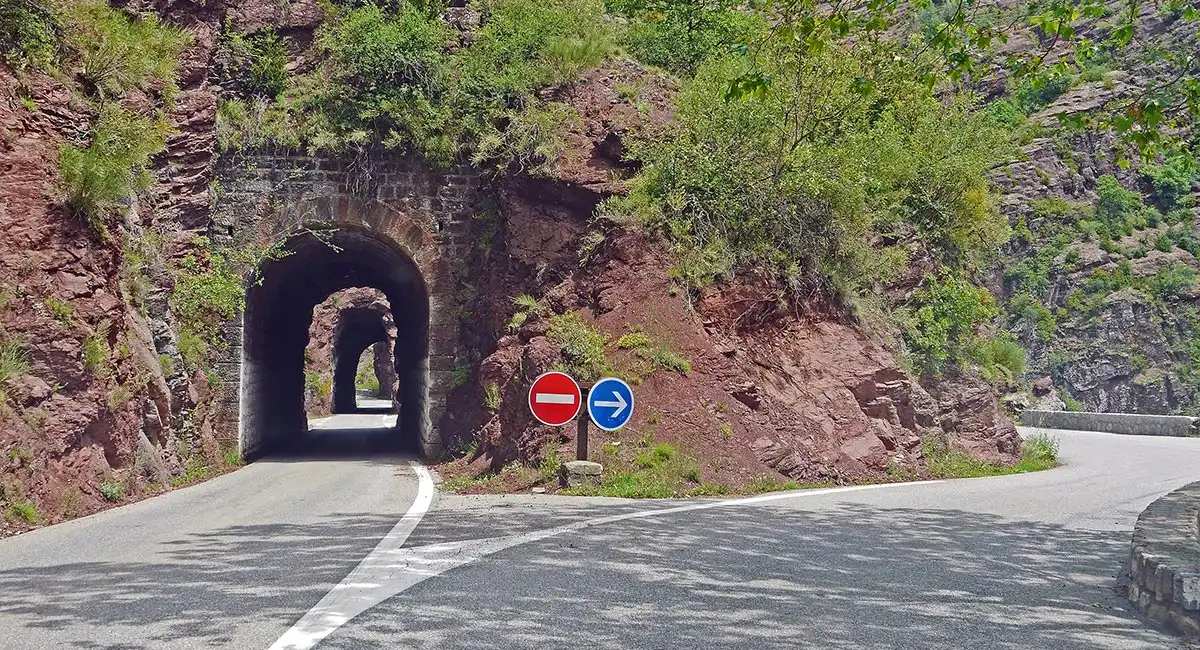
Reflective sheeting is a highly efficient way to make sure that your car or truck can be seen from a distance. It does this by using a reflective coating, which is a thin layer that is placed on the outside surface of the windshield. This gives the illusion of a shiny silver surface. The surface can be of Engineer Grade (EG) or High Intensity Prismatic (HI). These reflectors also have a dissipative coating, which helps to minimize the effect of glare on the driver’s view of the road.
High Intensity Prismatic (HI)
If you are looking for a durable reflective sheeting material for your traffic signs, consider a High Intensity Prismatic (HIP) sign. This type of sheeting is three times brighter than Engineer Grade (EG) signs, and offers a higher level of retroreflectivity. These sheets are made to meet or exceed the ASTM requirement standards.
There are many different types of signs on the market, but High Intensity Prismatic is one that you can depend on. It will not only provide a better visual package, but also protect your sign from damage.
This type of sheeting is designed to last for a minimum of ten years on a roadway, and it’s guaranteed to retain 80% of its brightness. Additionally, it will reduce VOC emissions. A high intensity Prismatic sign will be able to be seen from up to 1000 feet away.
You can choose from a variety of colors to make your sign stand out. You can opt for green, red, orange, or white.
Engineer Grade (EG)
Engineer Grade (EG) reflective sheeting is a type of retroreflective sheeting that is usually used for street signs. It is an enclosed film that contains small glass beads, which provide a high degree of reflectivity. The material has a pressure-sensitive adhesive. This makes the sign a self-adhesive and can be cut with a die cutter or vinyl plotter.
Engineer Grade is also known as Type I. It is a type of retroreflective that is ideal for non-critical traffic control signs. There are a number of standard colors and sizes available.
HIP, or High Intensity Prismatic, Reflective Sheeting, is another form of retroreflective sheeting that has a higher reflectivity value. This is one of the most commonly used forms of retroreflective. You can choose from a wide variety of colors, including yellow, blue, red and green. These sheets are usually constructed of two layers, which are joined by a lattice.
Class 400
Class 400 reflective sheeting is a premium grade of reflective material used for large freeway directional signs and for other traffic sign applications where high visibility is needed around the clock. The sheeting has a honeycomb-type pattern that allows it to reflect light from many angles.
In order to get the best performance out of the sheeting, the signs must be clean. They should be free of oil and dirt and also free of any other markings. Typical cleaning methods include using soft bristle brooms or a mild detergent agent mixed with water.
If there is a need to replace a sign, the retroreflective sheeting manufacturer should be consulted. They should be able to provide a cost calculation based on the service life of the sign and labour costs.
